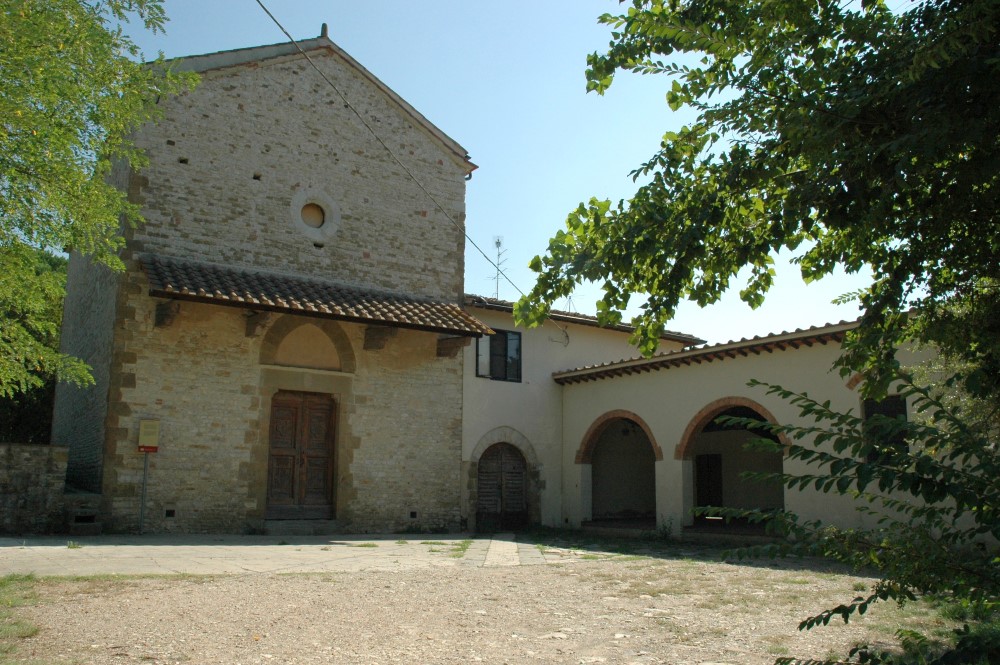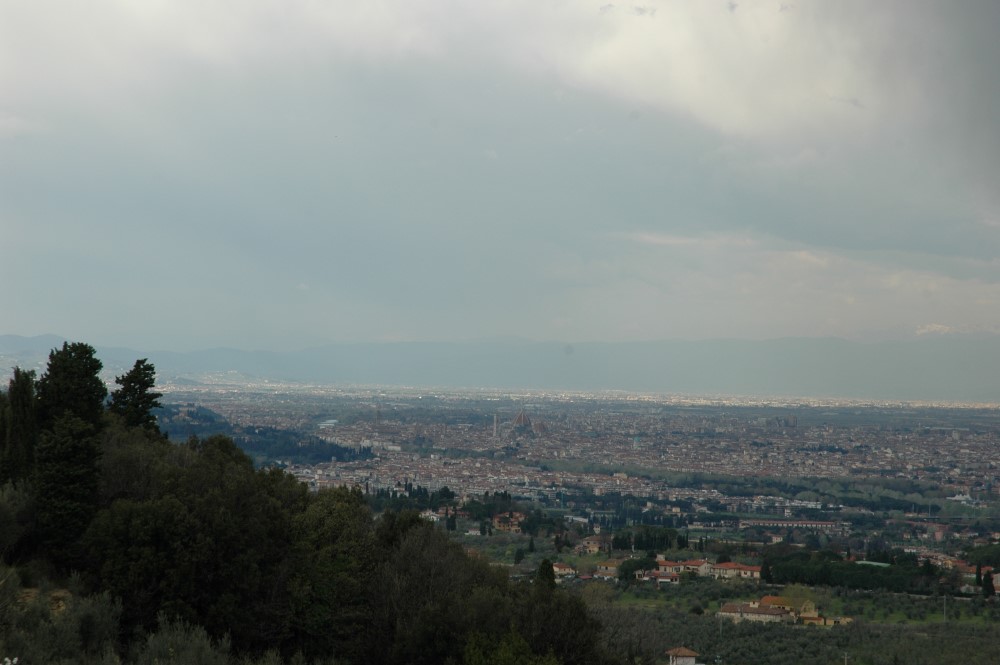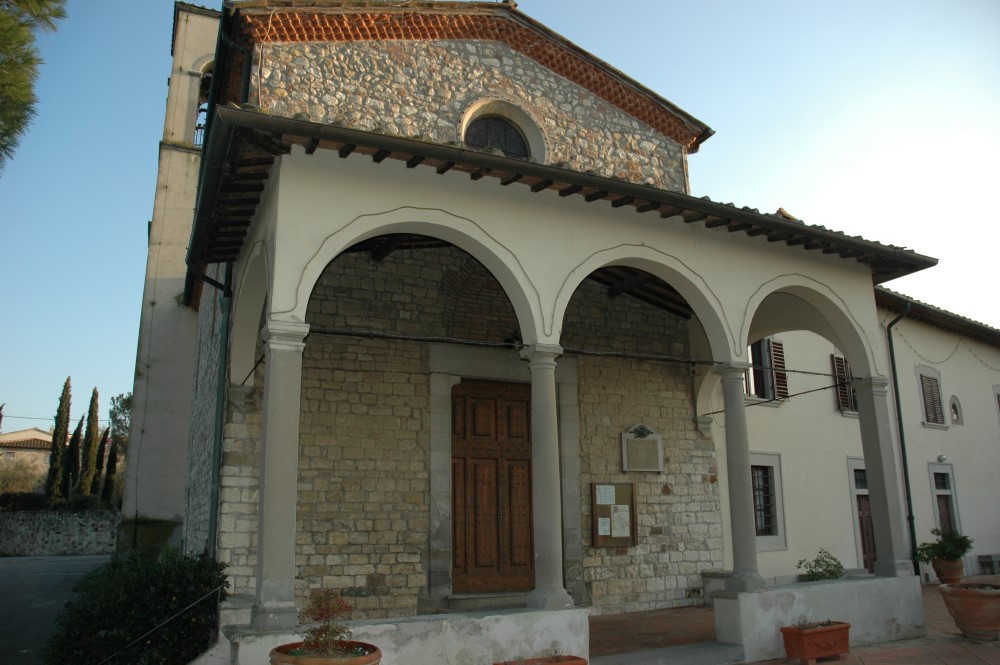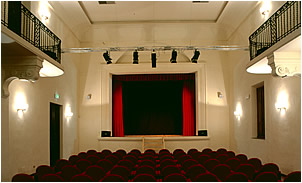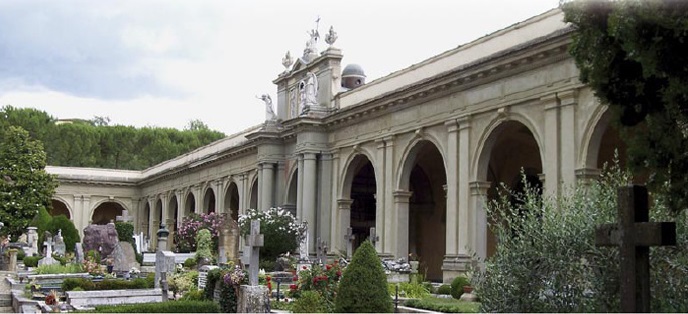Type of route: dirt road, on foot, mountain bike or horseback.
Duration: 2:30/2:45 hours Length: 7.50 km
Ascent and descent: 180 m
This is a circular route that starts from Bagno a Ripoli’s “I Ponti” (The Bridges) gardens (Coord. GPS N 43 ° 45’11 “E 11 ° 18’54”): from the parking lot in front of Torricella house, proceed along the gravel driveway until you reach the edge of the garden. Turn right into the path that runs along the back of the sports field and into the now uncultivated fields. From here, we can see the bell tower and the apse of the Pieve da San Pietro a Ripoli (Parish of San Pietro a Ripoli).
The trail is linked to the Via Vicinale del Poggio della Pieve, which is now reduced to a simple path, and rises up from the church to the hill of the same name.
Soon the old road enters into the forest and continues uphill, flanked by high cypress trees. At the second junction, turn right. After a few steps, the forest gives way to the fields where you can enjoy a wide panorama of Sorgane, the Pian di Ripoli and Florence.
Upon reaching the top of the hill, you can see the Belmonte complex (manor house and farm) on the right. Go down towards the left into the Rio Torto (Ritortoli) valley and you will be able to see the Poggio Baronti, Baroncelli and, further on, Monte Pilli before you.
After the descent, take the left on via di Ritortoli, cross and go up taking the right on via dell’Eremo.
The road rises up passing by villa Minerva and many characteristic former farmhouses.
Once you have passed by villa dell’Eremo, the track becomes a grassy path which quickly reconnects with Via di Baroncelli.
Take this road on the right (villa la Colombaia) until the junction marked by the vast and renovated farm complex Baroncelli (formerly called San Ferdinando).
Turn left through the track that winds flatly through the fields up to the Centanni farm, up to villa Prosperi and, hidden by the green of the garden, to the restored farm house la Croce (the Cross), an ancient noble house. In the village of Croce a Varliano we can see the l’Oratorio della Santa Croce (Oratory of the Holy Cross).
Once you have crossed via Roma we descend through via della Croce until we reach Rimaggino, a tiny village characterized by the presence of some old washhouses.
Passing over the creek bridge Rimaggio, we continue along via della Croce: at the end of the climb, we will find the Rimaggino tabernacle and the Gello farmhouse, then the road reaches the large area of open space dominated by the facade of the Bellavista villa. We continue by taking the left through via di Vernalese to arrive, after a few curves, at the hamlet of Rimaggio where we can admire the centuries-old cypress trees which give name to the city quarter.
Going into via di Quarto on the left, we go up towards the Del Taglia villa. Once we reach Rosai, we go down towards Quarto, where the beautiful church of Santa Maria overlooks the Pian di Ripoli. Continue onwards until Via Fratelli Orsi and turn left on Via Roma to reach the gardens where the route ends.


